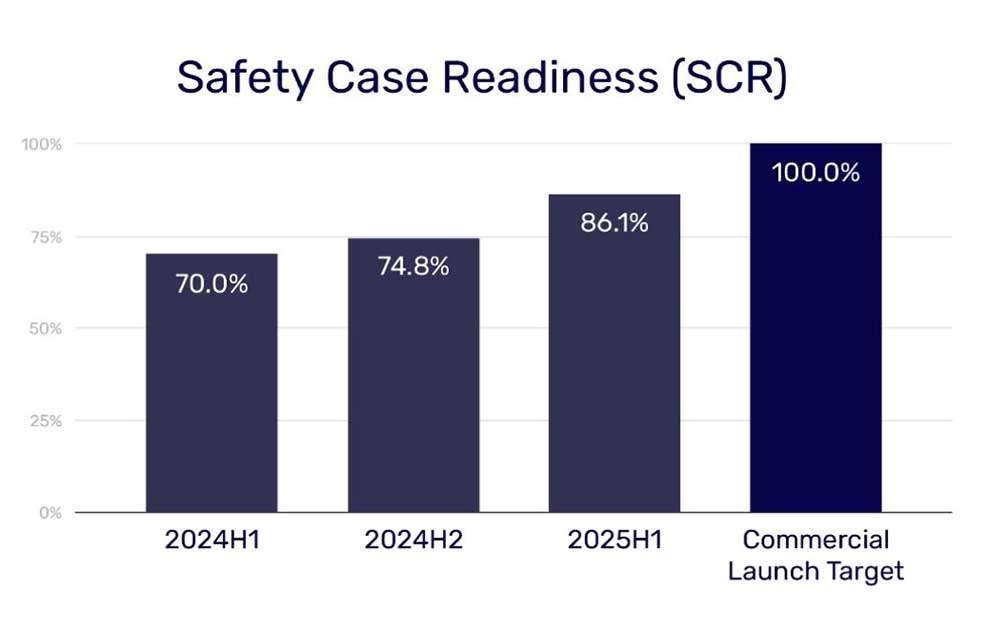By Kurt the CyberGuy - September 3, 2025
The Trucker
New performance metrics reveal how close PlusAI is to putting autonomous freight trucks on the road by 2027How PlusAI plans to launch autonomous trucks by 2027
PlusAI still has milestones to meet. Safety readiness must rise from 86 percent to 100 percent. Remote Assistance Free Trips must surpass 90 percent. These are ambitious goals, but the progress so far suggests the company can achieve them.
Fleet trials are scheduled to begin later this year, and PlusAI continues testing in both the United States and internationally. Each step adds to the case that driverless trucks will be ready for commercial launch in 2027.

(Courtesy: PlusAI) What this means for you
As a shopper, autonomous trucks could mean faster and more affordable deliveries. As a driver, you may soon share highways with self-driving freight haulers. As a business owner, this technology could reduce logistics costs and ease the impact of driver shortages.
The bigger picture is that autonomous trucks are moving from testing to real use. They are no longer limited to pilot projects. You may see them alongside you on the road sooner than expected.
The Trucker
New performance metrics reveal how close PlusAI is to putting autonomous freight trucks on the road by 2027How PlusAI plans to launch autonomous trucks by 2027
PlusAI still has milestones to meet. Safety readiness must rise from 86 percent to 100 percent. Remote Assistance Free Trips must surpass 90 percent. These are ambitious goals, but the progress so far suggests the company can achieve them.
Fleet trials are scheduled to begin later this year, and PlusAI continues testing in both the United States and internationally. Each step adds to the case that driverless trucks will be ready for commercial launch in 2027.

(Courtesy: PlusAI) What this means for you
As a shopper, autonomous trucks could mean faster and more affordable deliveries. As a driver, you may soon share highways with self-driving freight haulers. As a business owner, this technology could reduce logistics costs and ease the impact of driver shortages.
The bigger picture is that autonomous trucks are moving from testing to real use. They are no longer limited to pilot projects. You may see them alongside you on the road sooner than expected.